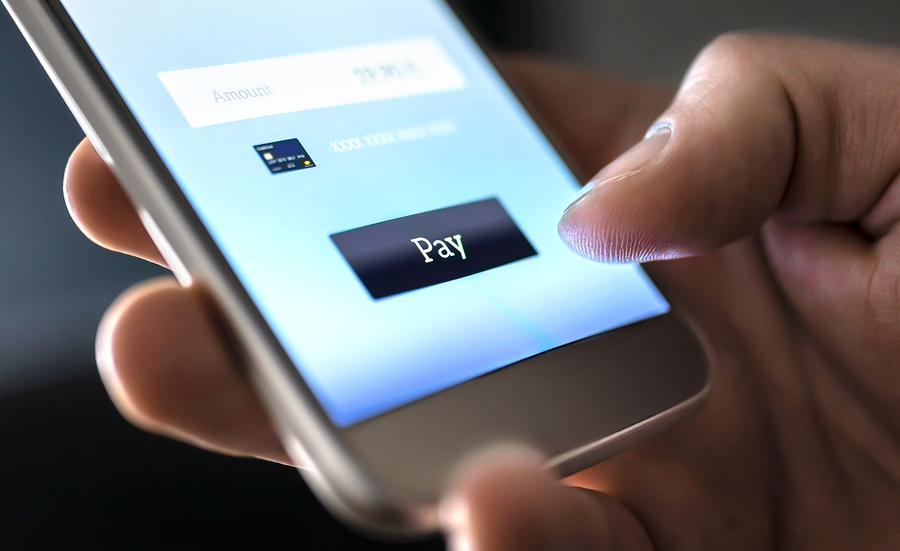Is Cash King?

“ I’m a bit like the Queen in that I don’t carry much cash.”
-Richard Branson
There was a time in the not too distant past when carrying cash and using cash when making purchases was status quo, and a wad of cash in your pocket was proof positive you were successful. Practically everyone who had cash, carried cash!
Times, they are changing! And, there is a steady stream of information published, posted, blogged, and otherwise reported about the demise of a cash-purchase society and the rise of digital-pay.
So, are we to think that the physical exchange of cash for goods and services will become a thing of the past in our lifetime? A couple years ago, CNBC published a story about the “cashless society myth.” The story cites, in part, that “U.S. in circulation has grown at a five-percent rate for the past two decades” and that “cash remains the most frequent method of payment in the U.S.”
Yet, is the reference to “circulation” a misnomer? Having cash in circulation does not necessarily mean it is circulating. As Marketing Workshop has heard from consumers across a variety of qualitative and quantitative studies, they simply like having cash on hand, like it is a form of security, but actually prefer using other payment methods. In fact, another CNBC story posted five months later reported that, in an average week, 3 in 10 adults said they make zero purchases using cash.
While it once was, cash is not the most frequent method of payment in the U.S., and that movement is working its way across the globe. Back in 2018 the Federal Reserve reported that debit cards surpassed cash as the top method of payment in the U.S., and further reported the use of cash fell 4% from 2017 to 2018. As a matter of fact, 2018 was the first year that cash was not used for the majority of transactions under $10. Even when CNBC published the “cashless society myth” story in 2018, cash was used for day-to-day purchases by 25% of Americans. And while that represented the plurality, it also buried the lead—that 75% are not using cash.
Observationally and understandably, nowadays cash as a payment method usage is trending away. Understandably, as the trend for online purchases continues to ramp at amazing speed. And so has the proliferation of easy to use mobile-payment services, such as Venmo, Zelle, PayPal, Skrill and Apple Cash, for example, in retail and online environments. Whereas before carrying cash provided a sense of positive security, now consumers prefer to not carry cash for safety and negative security reasons. If their phone or credit cards are lost or stolen, they can lock or cancel them immediately, while cash on the other hand, when it’s gone, it’s gone!
Also having an impact on the use of cash is the societal change due to health concerns, like with the current COVID-19 virus outbreak. While reports indicate transmission risk is relatively low, the there is a growing perception that exchanging cash is unsanitary. Some retailers are limiting their payment methods to keypad only, no cash sales, as is happening in San Francisco and Seattle amid the pandemic.
The cashless culture model has long been working across lots of different entertainment environments, such as theme parks, resorts, casinos, and even common place on education campuses.
And what about kids as it relates to cash? Is the excitement of building their stash in a piggy bank being replaced by building the balance in their AppleCash account? The average age of first-time mobile phone users keeps getting younger, meaning kids who once paid for everything with paper currency and coins can (and do) now use their iPhones or Androids to do so.
While we find it hard to imagine a completely cashless society in the immediate future, we are experiencing life culture changes now we could not have fathomed only a few months ago. The question of “is cash the King it used to be?”, can be answered by “is anything what it used to be?”
~ Marketing Workshop